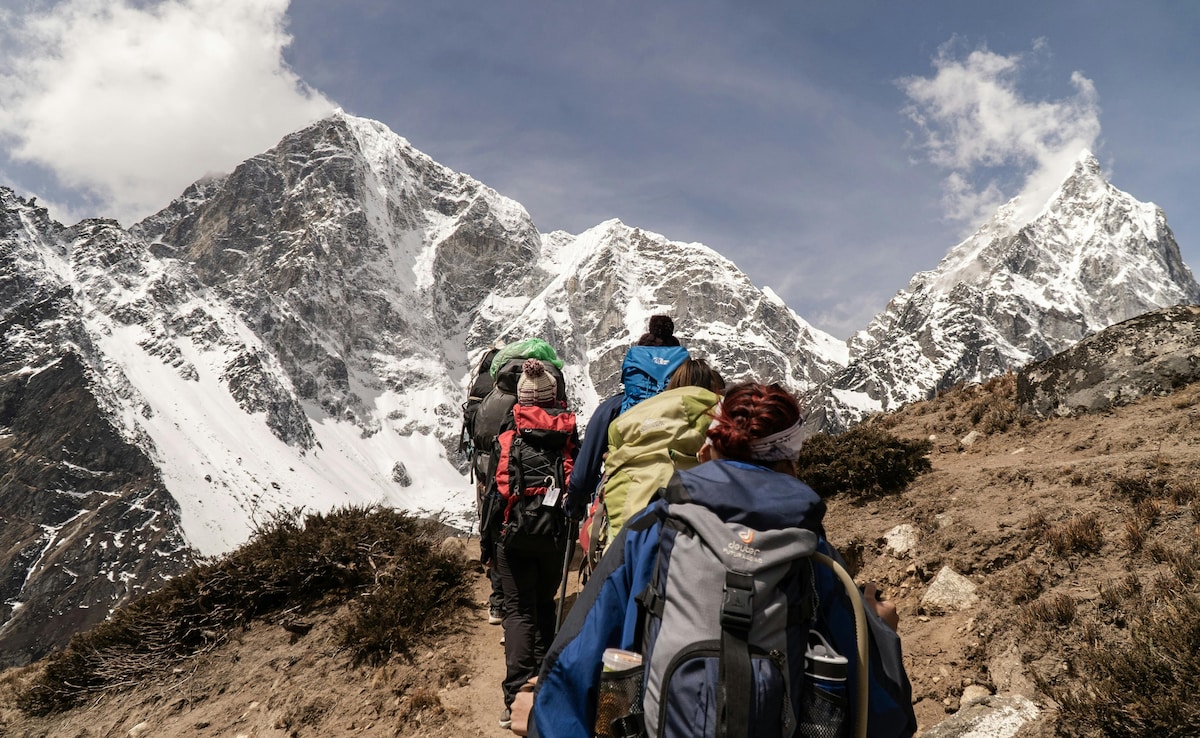
Nepal has issued an urgent travel advisory as Cyclone Montha moves northwest across the Bay of Bengal, bringing the threat of heavy rain, snow, and landslides between October 29 and November 1. Authorities warn that the storm may disrupt travel and trekking routes across the eastern and central regions of the country. Montha is expected to bring intense rainfall and snowfall to several regions of Nepal, including popular trekking destinations such as Everest, Kanchenjunga, and Langtang, according to the Nepal Tourism Board (NTB), cited by Travel and Tour World. Travellers are being urged to be extremely careful, stay updated on weather forecasts, and prepare for potential delays and hazardous conditions across the country.
Also Read: Top Places To Visit In Nepal
Safety Advisory For Trekkers And Tourists In Nepal:
The NTB urged travellers to:
- Monitor official weather updates and local advisories.
- Avoid camping near rivers or streams, where flash floods could occur.
- Stay clear of avalanche-prone zones in snow-covered regions.
- Carry waterproof and windproof clothing, and dress in layers to manage fluctuating temperatures.
- Pack essential supplies, including first-aid kits, extra food, water, and communication devices.
- Hire licensed local guides, who can provide real-time assessments and navigate rapidly changing terrain.
The board has also advised travellers to remain flexible with itineraries. In certain cases, it may be safer to delay or reroute treks until the weather stabilises.
Also Read: Bhutan vs Nepal: Which Himalayan Destination Should You Visit First?

Nepal is popular for trekking.
Nepal Regions At Risk From Cyclone Montha
The NTB has warned that Nepal's eastern regions, including Bagmati, Madhesh, and Koshi, are likely to bear the brunt of the cyclone. These areas, which encompass major trekking routes, may experience moderate to heavy rainfall and sudden weather changes.
Other provinces, such as Gandaki and Lumbini, are expected to see light to moderate rainfall, while parts of Karnali could receive milder showers.
High-altitude regions are forecast to experience moderate to heavy snowfall, potentially leading to snowstorms and avalanches. Although snow is typical during this time of year, the cyclone is expected to intensify these conditions, making travel particularly risky in mountain areas.

